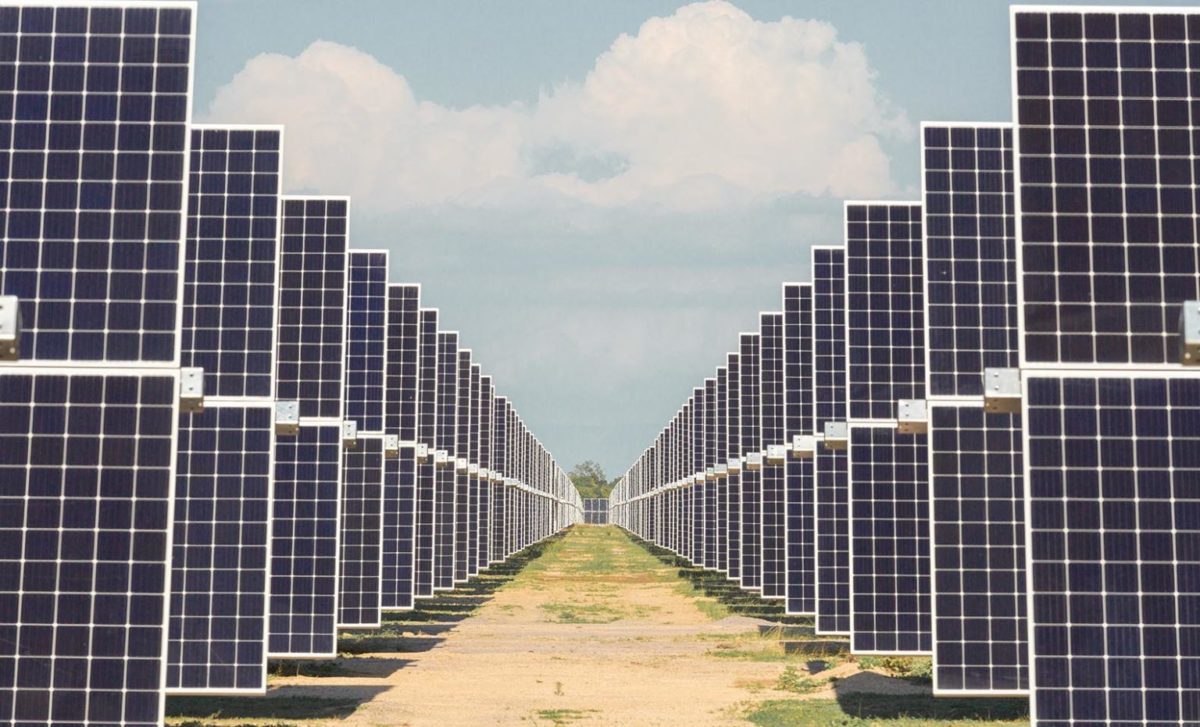Scientists from the University of Genova in Italy have developed mathematical formulas to calculate the optimum tilt angles for maximizing PV energy yield in 216 cities in France and Italy.
In a report published in Renewable Energy, the researchers expressed the yearly optimal tilt as a function of local latitude minus a climate correction coefficient. This coefficient was calculated based on local climate conditions inferred from monthly insolation data from the Photovoltaic Geographical Information System (PVGIS).
The team first identified a set of best inclination angles for south-facing PV installations in these cities. They used a goal-seek function to maximize the collectible energy of a PV surface tilted at varying angles. The academics then used the same procedure to calculate the optimum angles for PV installations oriented with azimuth angles from 0 degrees to 90 degrees – that is, orientations from south to east.
Taking the south-facing configuration as a reference, results show that optimized tilt angles range from 28.5 degrees in Messina, Italy, to 40.2 degrees in Bolzano, Italy, in the Tyrol region. The correction coefficients varied between 3.8 degrees in Valence, France, and 16.8 degrees in Charleville, France. “It should be noted that, as expected, the highest correction coefficients are associated [with] typically cloudy and/or foggy locations, while the optimal tilt is closer to latitude for southern and island cities,” the authors wrote.
Having determined the optimum tilt angles, the academics then tried to quantify energy losses from non-optimal configurations of the PV systems. They compared the energy collection of the optimal scenarios against quoted commonly used “rules of thumb.” In particular, they first set the yearly optimum tilt to the latitude of each location, then applied correction coefficients of 5 degrees and 10 degrees.
Results show that rule-of-thumb criteria for yearly tilt determination can lead to a 0.6% or less reduction in collectible energy in PV systems with azimuth orientation angles lower than 30 degrees. However, for a 60-degree orientation “the energy available at the collecting surface is reduced on average by 1.28% if the tilt angle is equal to altitude, 2.94% if a correction factor equal to 5 degrees is assumed and 2.89% if it is doubled to 10 degrees,” the authors said. Using the optimum tilt angles could result in an increase in collectible energy as high as 4%, they argued.
The formulas reportedly show more than 90% accuracy with an approximation error lower than 3 degrees in the limit case of an east- or west-facing installation. According to the academics, this value drops below 1 degree when the reference south-facing configuration is considered.
The report adds that the same approach could be applied in other locations, after calculating a climate correction coefficient for a given region based on latitude and weather conditions.
The scientists published their findings in “Maximum energy yield of PV surfaces in France and Italy from climate based equations for optimum tilt at different azimuth angles,” in Renewable Energy.
This content is protected by copyright and may not be reused. If you want to cooperate with us and would like to reuse some of our content, please contact: editors@pv-magazine.com.



By submitting this form you agree to pv magazine using your data for the purposes of publishing your comment.
Your personal data will only be disclosed or otherwise transmitted to third parties for the purposes of spam filtering or if this is necessary for technical maintenance of the website. Any other transfer to third parties will not take place unless this is justified on the basis of applicable data protection regulations or if pv magazine is legally obliged to do so.
You may revoke this consent at any time with effect for the future, in which case your personal data will be deleted immediately. Otherwise, your data will be deleted if pv magazine has processed your request or the purpose of data storage is fulfilled.
Further information on data privacy can be found in our Data Protection Policy.